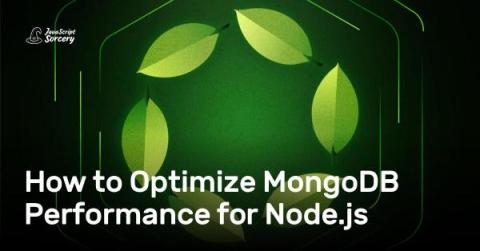How to Deploy a Python Flask app with Heroku
In this tutorial, we will build a simple Flask app that is primed and ready to deploy to Heroku. Once the bare bones of the app are built, we will guide you through the setup process on GitHub and Heroku so that you can start making automatic deploys in no time. But before we dive straight into the code, why choose Flask and Heroku in the first place?











